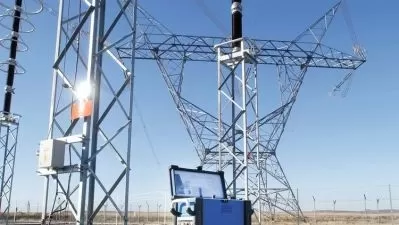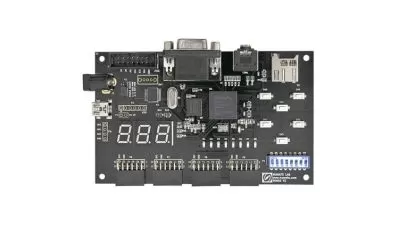Power Electronics Design Series: Power Factor Correction
Siri Subrahmanyam Vadlamani
4:39:58
Description
Master the PFC circuit Design in the World of Power Electronics!
What You'll Learn?
- Review of Diode Bridge Rectifier Concepts: DC Bulk Capacitor Design, Input Power Factor Definition, Hold-up Time, Line Impedance Effects, Inrush Currents
- Introduction to PFC Concepts: THD, Importance of PF, PFC Standards, Energy Storage, Types of PFCs, Passive and Active PFC, Closed-loop Control Techniques
- Power Stage Design and Analysis of Basic PFC topologies like: BCM Boost PFC, FCCrM PFC, CCM Boost PFC, Hysteretic PFC, ACL PFC
- Power Stage Design and Analysis of Advanced PFC topologies like: Interleaved PFC, Bridgeless PFC, Single-Stage Isolated PFC, Follow-Boost PFC
- Practical Field Issues, Design References for further reading
Who is this for?
What You Need to Know?
More details
DescriptionWelcome to the 'Power Electronic Design Series: Power Factor Correction' course on Udemy, where we invite you to explore the exciting world of power electronics like never before. Are you ready to embark on a journey that will not only unlock the secrets of mastering PFC design but also revolutionize your understanding of energy efficiency?
In this immersive and comprehensive course, we will guide you through the fundamentals of PFC concepts, starting with basic Boost PFC topologies designed for low-power applications and moving on to advanced PFC topologies tailored for high-power scenarios. What sets this course apart is our commitment to bridging theory and practice. You'll not only grasp the core principles but also witness how they come to life through real-world design examples, ensuring that you're fully prepared to tackle PFC challenges with confidence.
Whether you're an electrical engineer looking to advance your career, a dedicated technician staying ahead of industry trends, an AC/DC SMPS engineer seeking to optimize power systems, or simply a passionate enthusiast of power electronics, this course is designed with you in mind. We're here to help you not only understand the concepts but also see their practical applications and real-world impact.
So, why wait? Join us today and arm yourself with the knowledge and expertise required to implement efficient PFC solutions in today's rapidly evolving power electronics landscape. With each lesson, you'll move one step closer to becoming the go-to authority on PFC. Enroll now, and let's embark on this exciting journey together!
Who this course is for:
- Engineering Students, Power Systems Professionals, Electronics Designers, SMPS Designers, Entrepreneurs and Startups, Consultants and Contractors, AC/DC PSU Designers, Researchers and Academics
Welcome to the 'Power Electronic Design Series: Power Factor Correction' course on Udemy, where we invite you to explore the exciting world of power electronics like never before. Are you ready to embark on a journey that will not only unlock the secrets of mastering PFC design but also revolutionize your understanding of energy efficiency?
In this immersive and comprehensive course, we will guide you through the fundamentals of PFC concepts, starting with basic Boost PFC topologies designed for low-power applications and moving on to advanced PFC topologies tailored for high-power scenarios. What sets this course apart is our commitment to bridging theory and practice. You'll not only grasp the core principles but also witness how they come to life through real-world design examples, ensuring that you're fully prepared to tackle PFC challenges with confidence.
Whether you're an electrical engineer looking to advance your career, a dedicated technician staying ahead of industry trends, an AC/DC SMPS engineer seeking to optimize power systems, or simply a passionate enthusiast of power electronics, this course is designed with you in mind. We're here to help you not only understand the concepts but also see their practical applications and real-world impact.
So, why wait? Join us today and arm yourself with the knowledge and expertise required to implement efficient PFC solutions in today's rapidly evolving power electronics landscape. With each lesson, you'll move one step closer to becoming the go-to authority on PFC. Enroll now, and let's embark on this exciting journey together!
Who this course is for:
- Engineering Students, Power Systems Professionals, Electronics Designers, SMPS Designers, Entrepreneurs and Startups, Consultants and Contractors, AC/DC PSU Designers, Researchers and Academics
User Reviews
Rating
Siri Subrahmanyam Vadlamani
Instructor's Courses
Udemy
View courses Udemy- language english
- Training sessions 95
- duration 4:39:58
- Release Date 2023/11/21





















